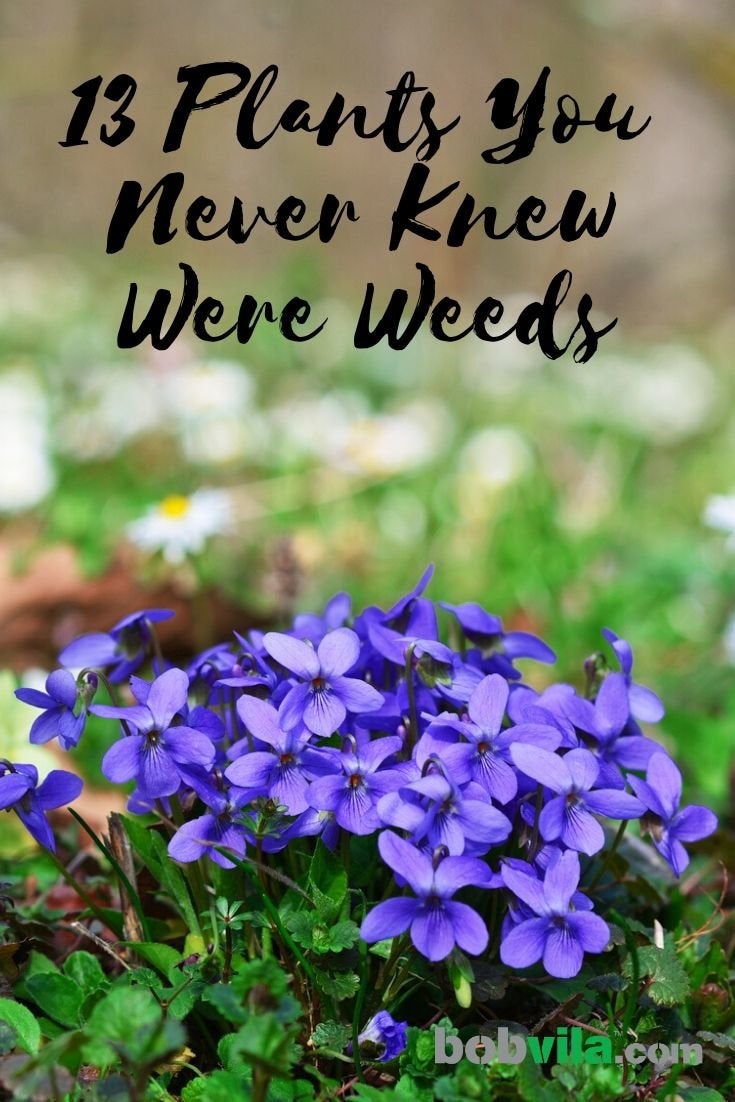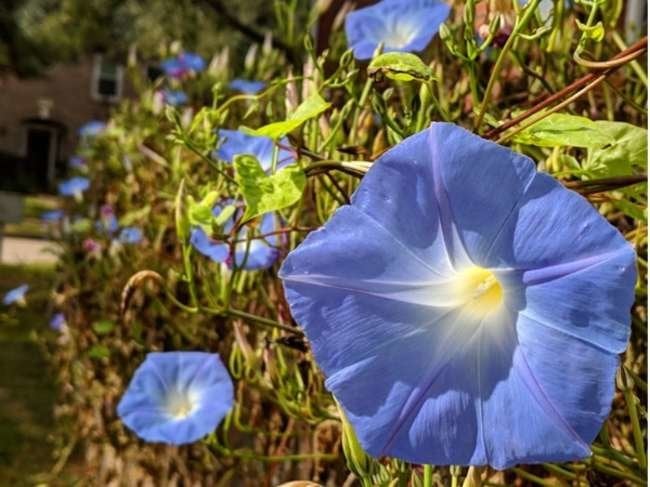

We may earn revenue from the products available on this page and participate in affiliate programs. Learn More ›
Home Advice You Can Trust
Tips, tricks & ideas for a better home and yard, delivered to your inbox daily.
What's in a Weed?
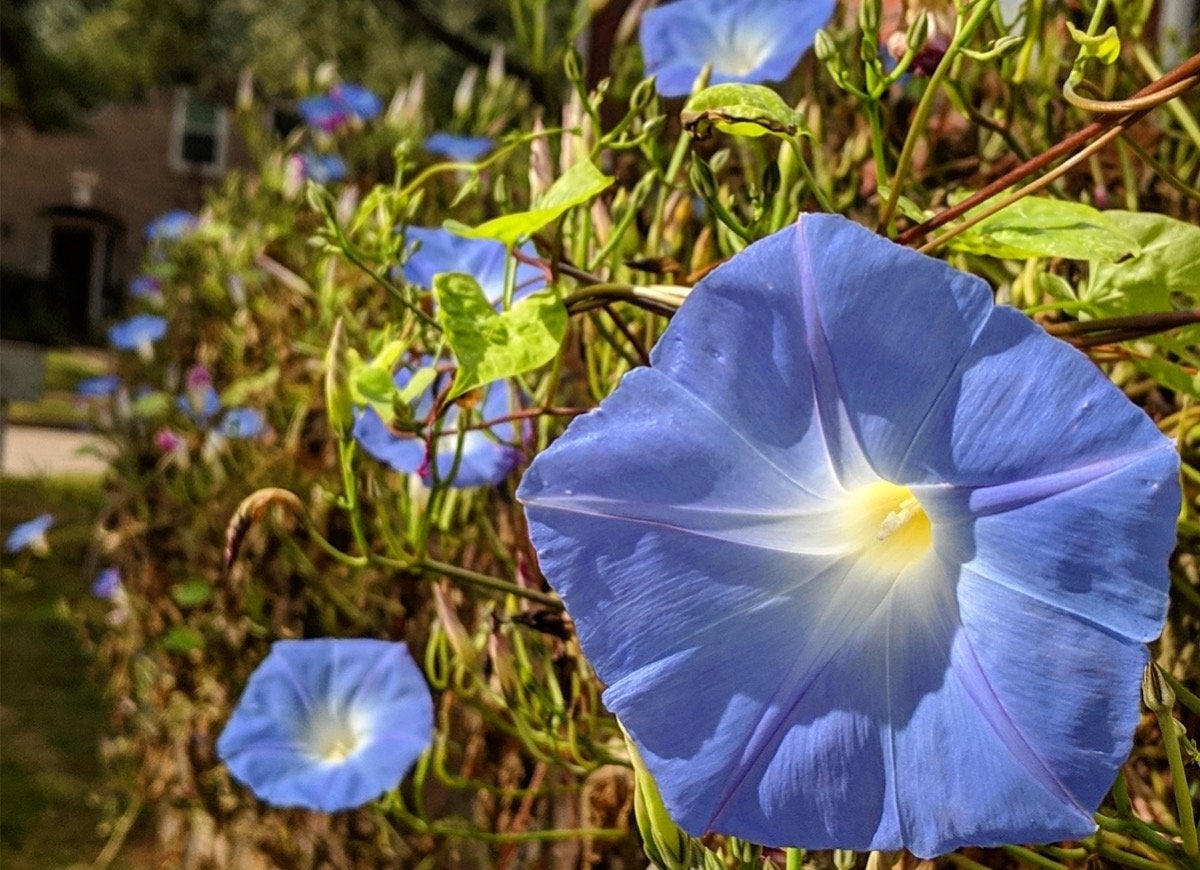
A weed is any plant that grows where it is unwanted. In our ever-more inclusive gardening culture, nearly any plant can find supporters and detractors. It all depends on the gardener’s perspective. A rose bush could be considered a weed if it sprouts in the vegetable garden. Some plants serve a valuable purpose in one area of the yard, but would take over the world if given half a chance to roam free. When you decide to grow these plants, good maintenance makes the difference between a garden plant and a weed. Here are 13 plants you never knew were weeds.
Bermuda Grass
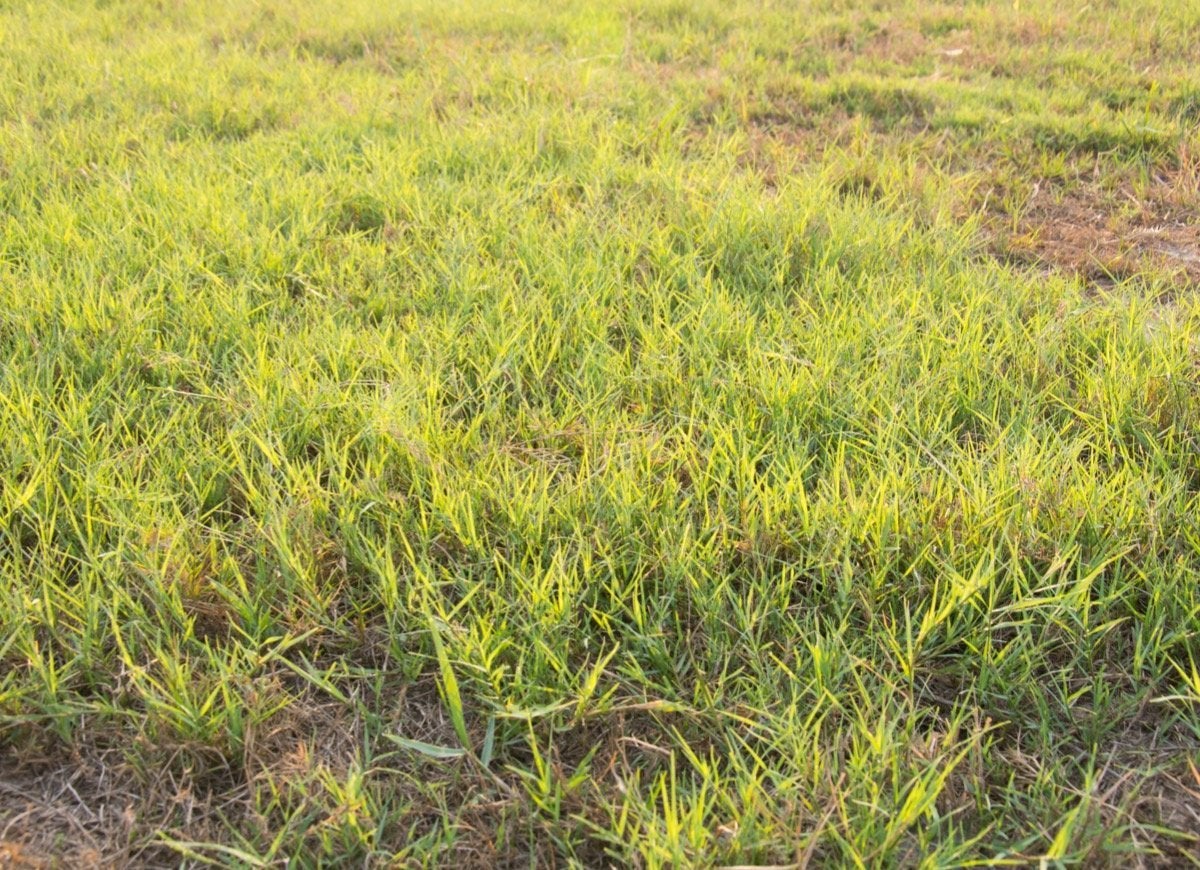
Throughout its range, Bermuda grass is an easy to grow lawn grass and a useful pasture grass. It establishes quickly and grows back easily after damage. Unfortunately the tough, spreading roots and stolons easily creep over concrete and invade garden spaces as well. Attempts to physically control Bermuda grass, like pulling or rototilling, only make matters worse, as each tiny piece of root, stem, or leaf left behind can become a new plant. The only efficient, effective means of control is frequent application of weed killer.
Lacebark Elm
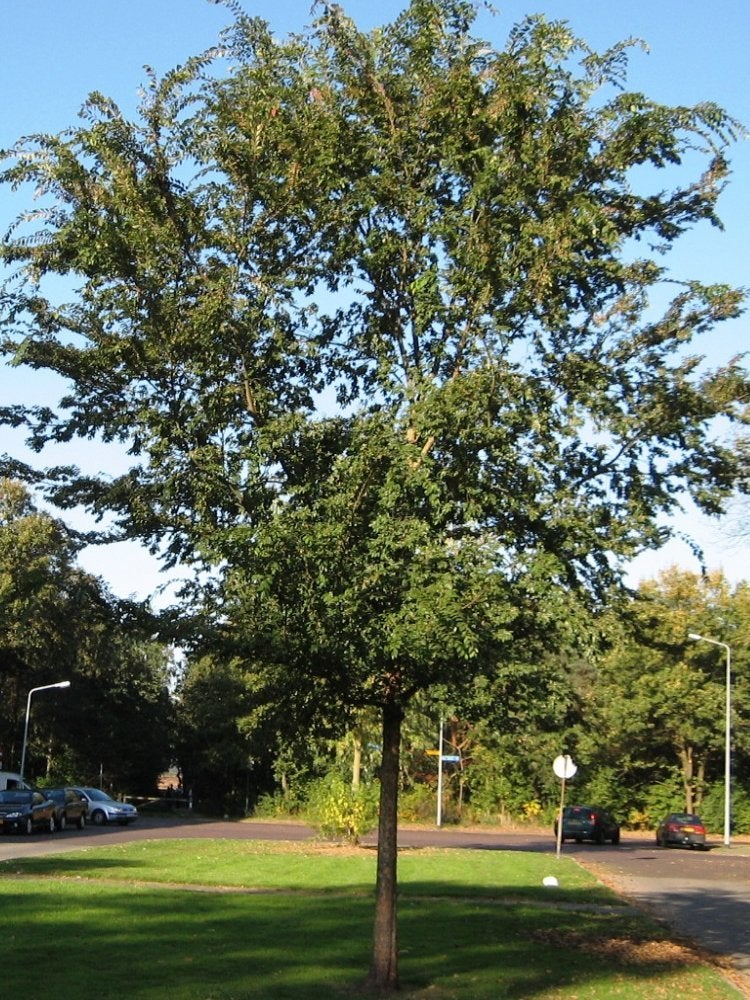
Wikimedia Commons via Ronnie Nijboer
Featuring an exfoliating bark pattern, rapid growth, and a vase-shaped canopy, lacebark elm would be an almost-perfect shade tree—were it not for the abundance of viable seeds it produces, which are carried long distances on the wind. You may love one of these trees, but you will soon have hundreds of elm seedlings throughout your landscape and beyond.
Morning Glory
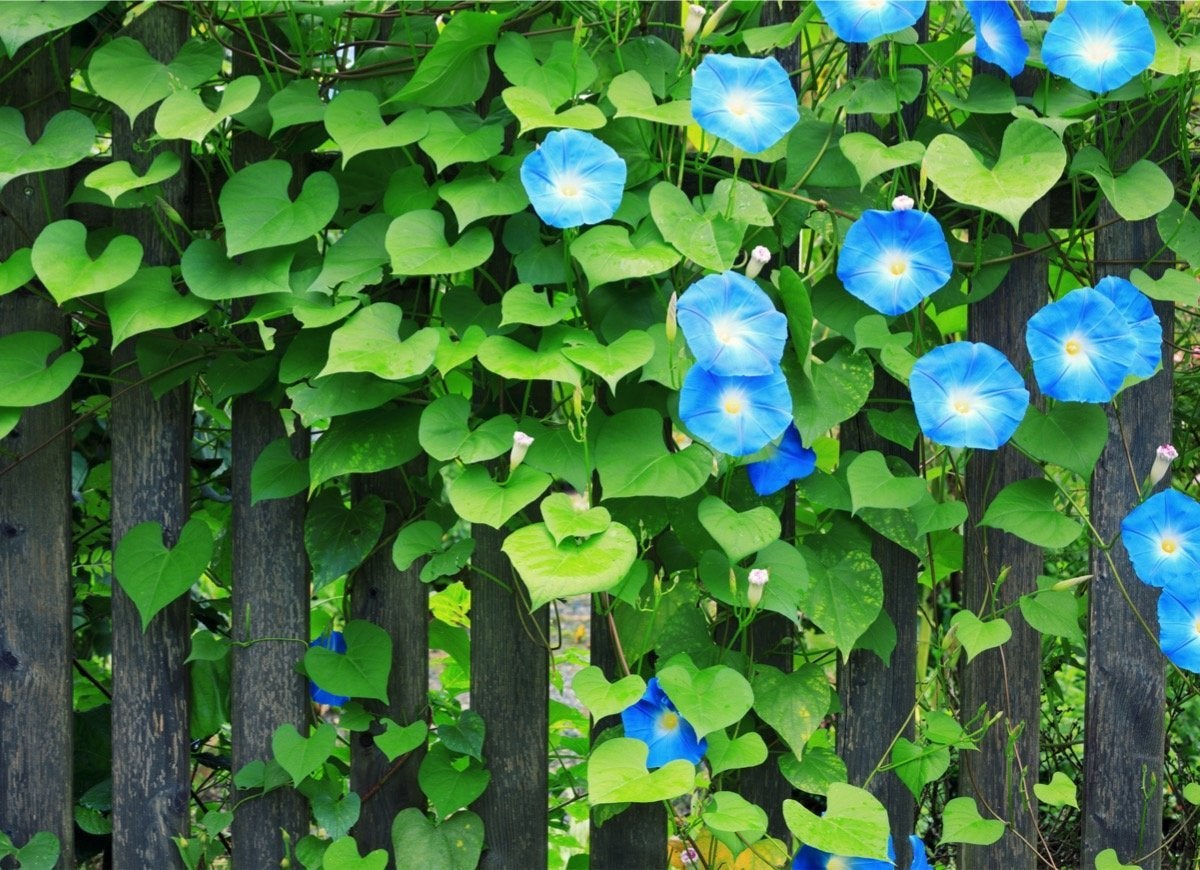
Morning glory vines covering a garden fence or arbor with their colorful, trumpet-shaped flowers attract a huge array of nectar-feeding pollinators. In addition to their benefits to wildlife, they bring a welcome splash of color just when the garden begins to fade. But be prepared, these beauties can pose a challenge when those flowers go to seed. While the annual vines may save you a chore by reseeding themselves each year, they can easily take over disturbed soil, like vegetable and flower gardens, the following spring.
Mint
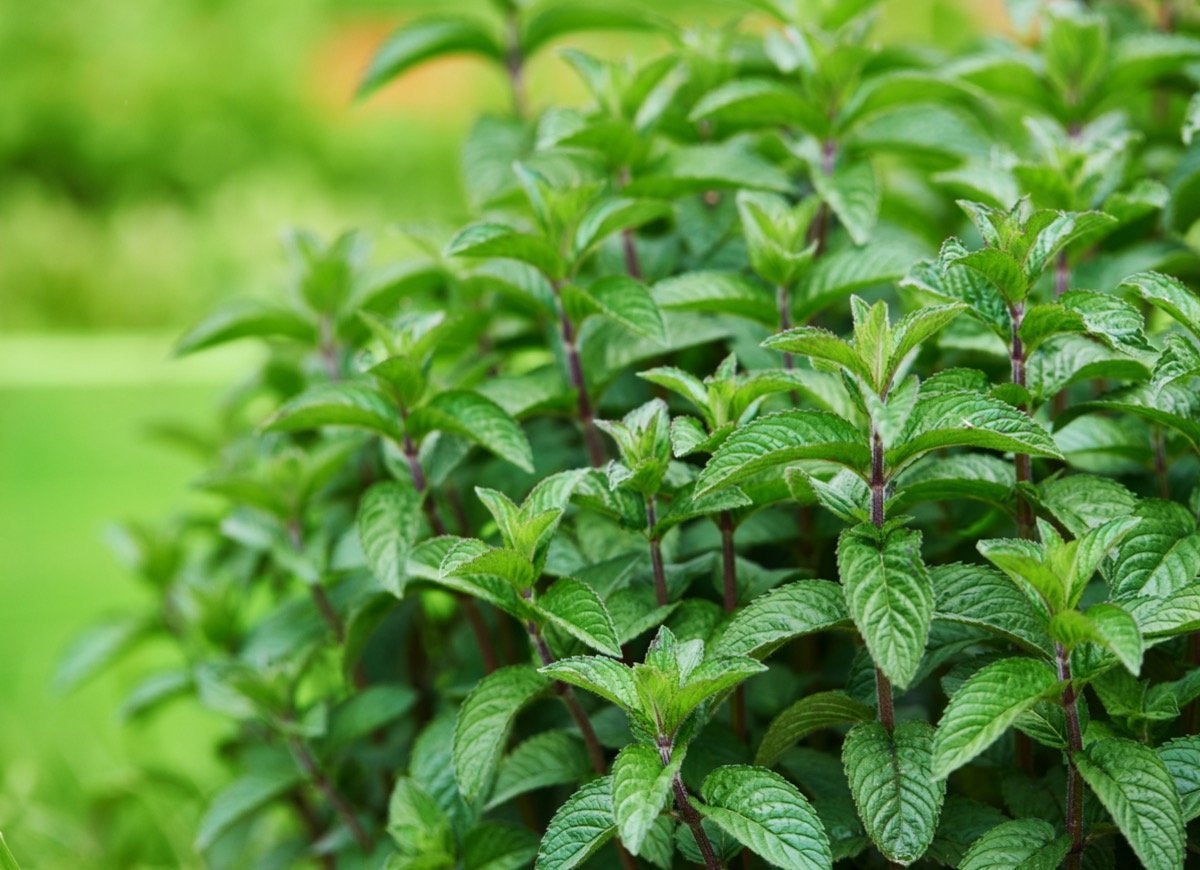
There are so many uses for mint, and so many varieties to be had, it’s hard to resist this popular, easy to grow herb. However, like other plants on this list, mints have aggressive, spreading roots that quickly cover large spaces. To keep mint in bounds, plant it in a container elevated from the ground.
Violet
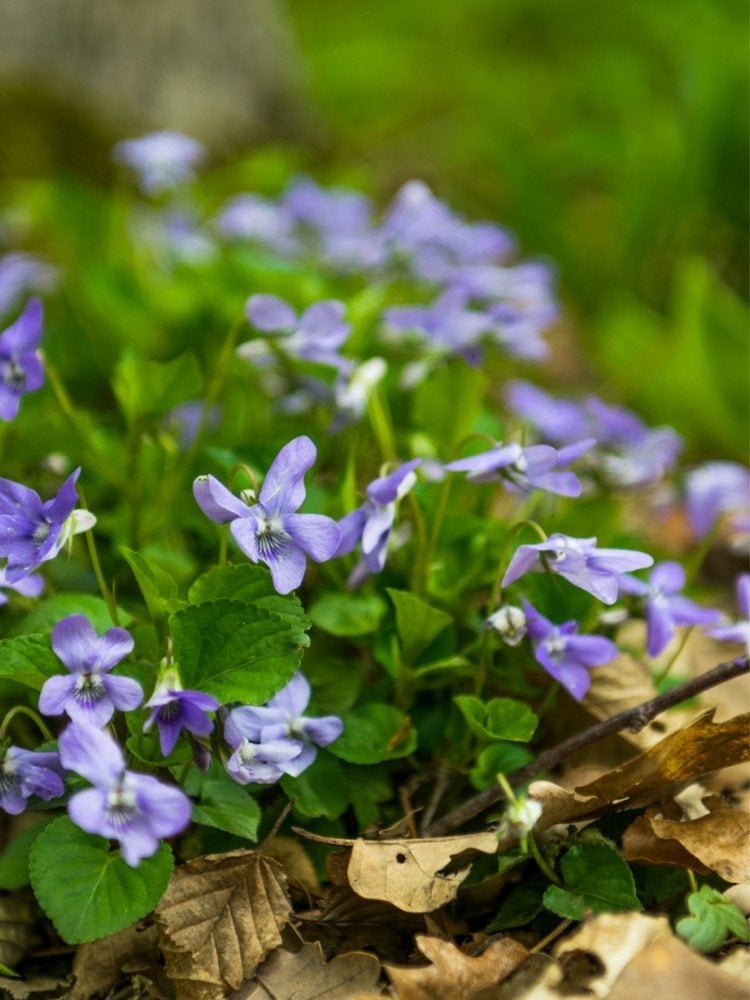
Violets are attractive native plants that give a pretty splash of color each spring and serve as important host plants for butterflies. That’s great in a perennial garden or a naturalized setting, but not so much in the lawn. Violets easily outcompete lawns by forming mats of foliage and dense roots that take both sunlight and soil resources away from the grass. Control violets by digging them out or by applying a selective lawn herbicide that is safe for your type of grass.
Chinese Wisteria
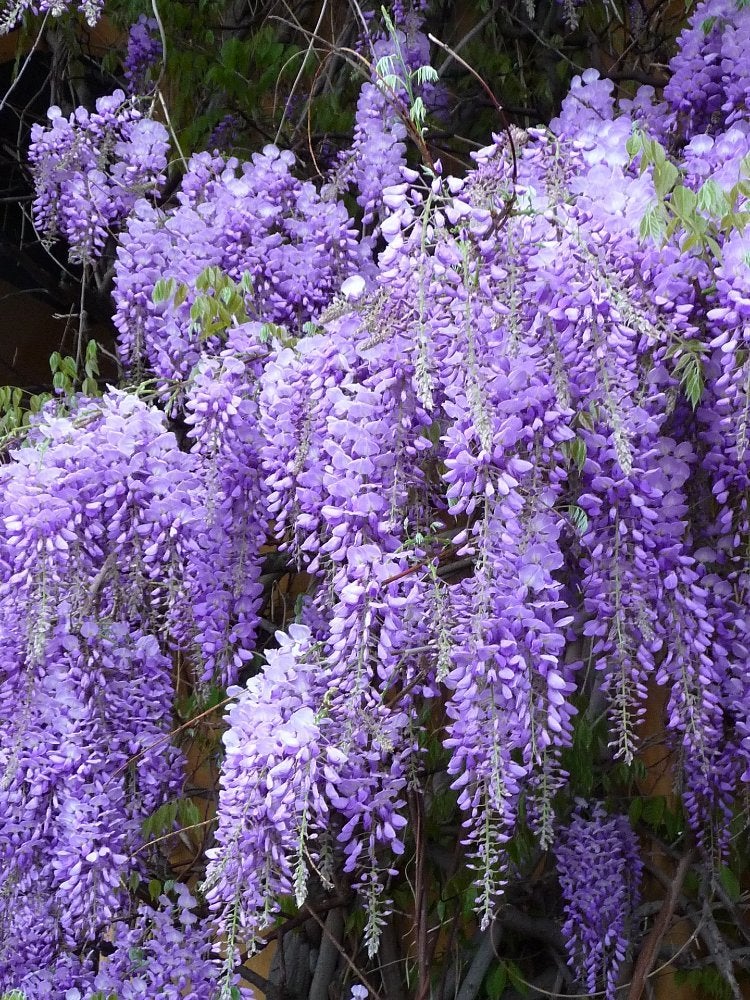
Wikimedia Commons via 3268zauber
It is impossible to replicate the effect of spring wisteria blossoms on an arbor or pergola. They provide a classic beauty and a heavenly scent. Just be sure to use the North American native wisteria, Wisteria frutescens, rather than Chinese wisteria. Invasive Chinese wisteria is widely available in garden stores, but is nearly impossible to contain. Once its seeds are carried into natural areas it’s only a matter of time until this purple plant takes over the local woodlands.
Bamboo
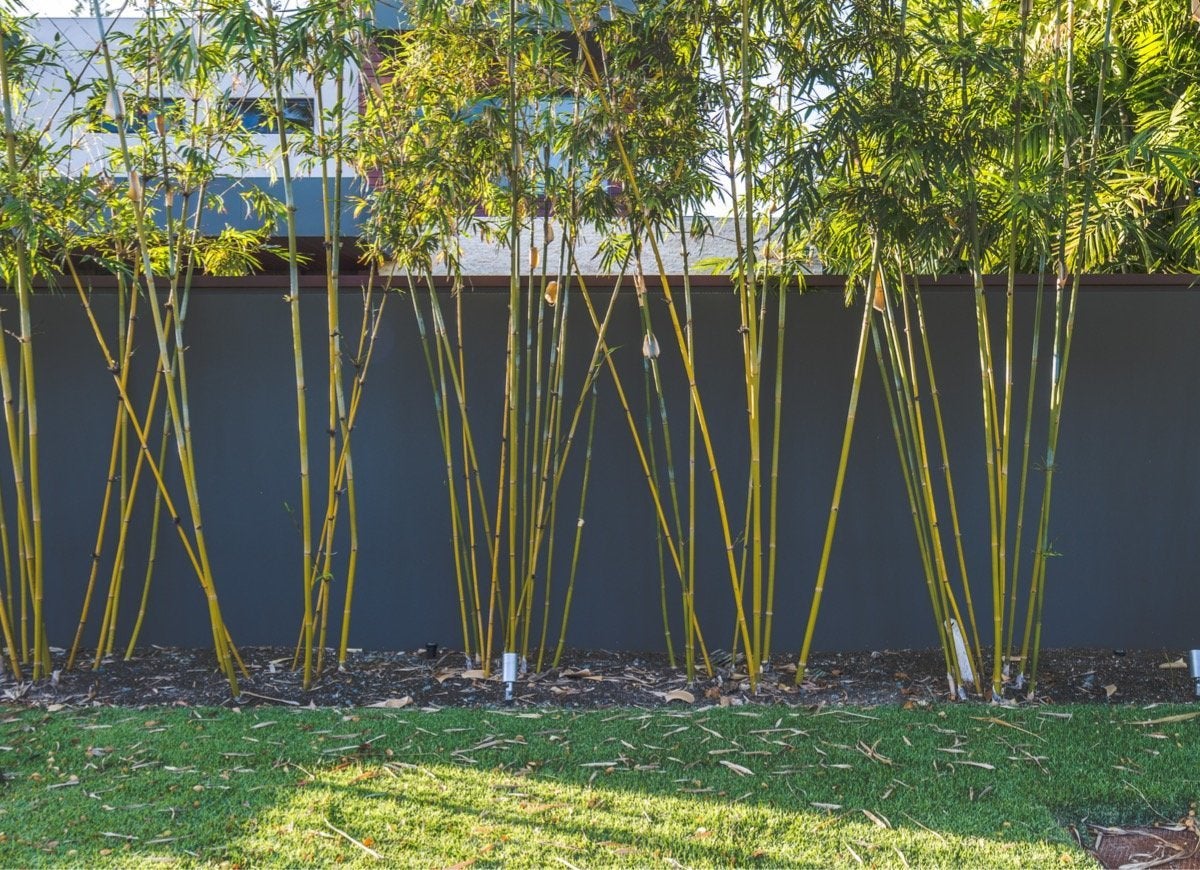
Bamboo makes an attractive landscape screen or accent plant. But be sure to do your homework before planting it. Although there are more than 1,000 bamboo species, there are two main categories of bamboo, clumping and spreading. Clumping bamboos spread slowly and are fairly easy to contain. But many popular kinds of bamboo are of the running variety, which easily escape their allotted space to become a nightmare. The aggressive roots quickly take over landscapes and natural areas—even crossing beneath pavement.
English Ivy
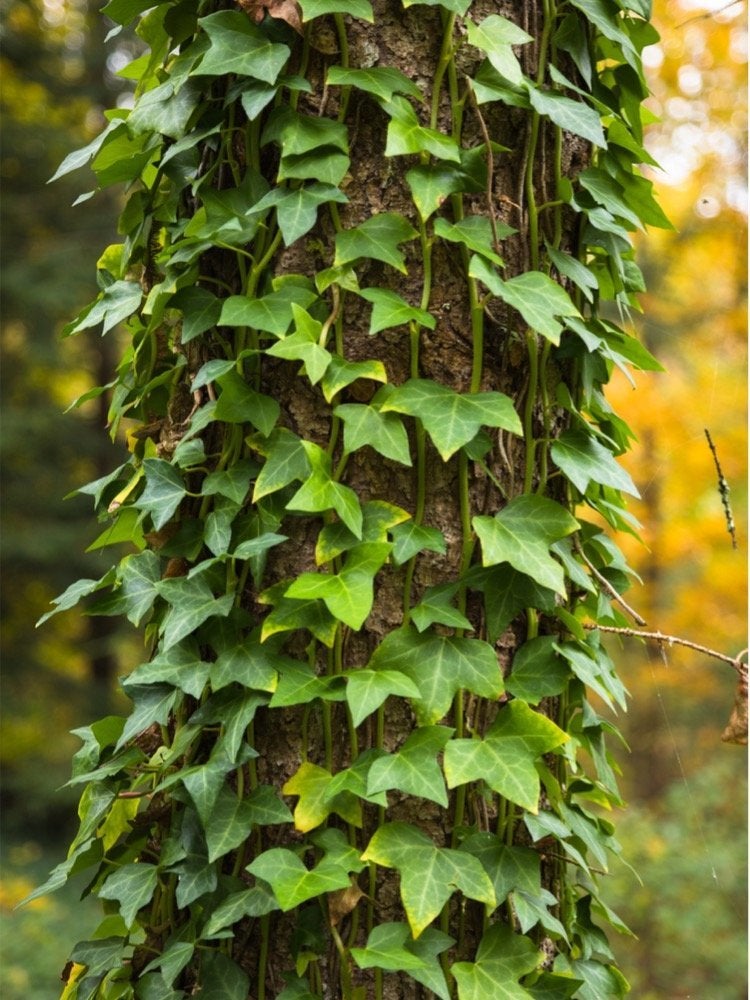
As beautiful and refined as it appears on the walls of some great old hall or beneath an ancient tree, if not consistently maintained, English ivy can easily escape its bounds. Untrimmed ivy climbs to the treetops where it damages the tree itself and shades out vegetation on the ground below. Trimmings left on the ground can easily grow roots to become new plants. Trim ivy before it goes to seed, and allow trimmings to completely dry in the sun (preferably on a tarp or otherwise not in contact with soil) before disposing or composting.
Chinese Privet
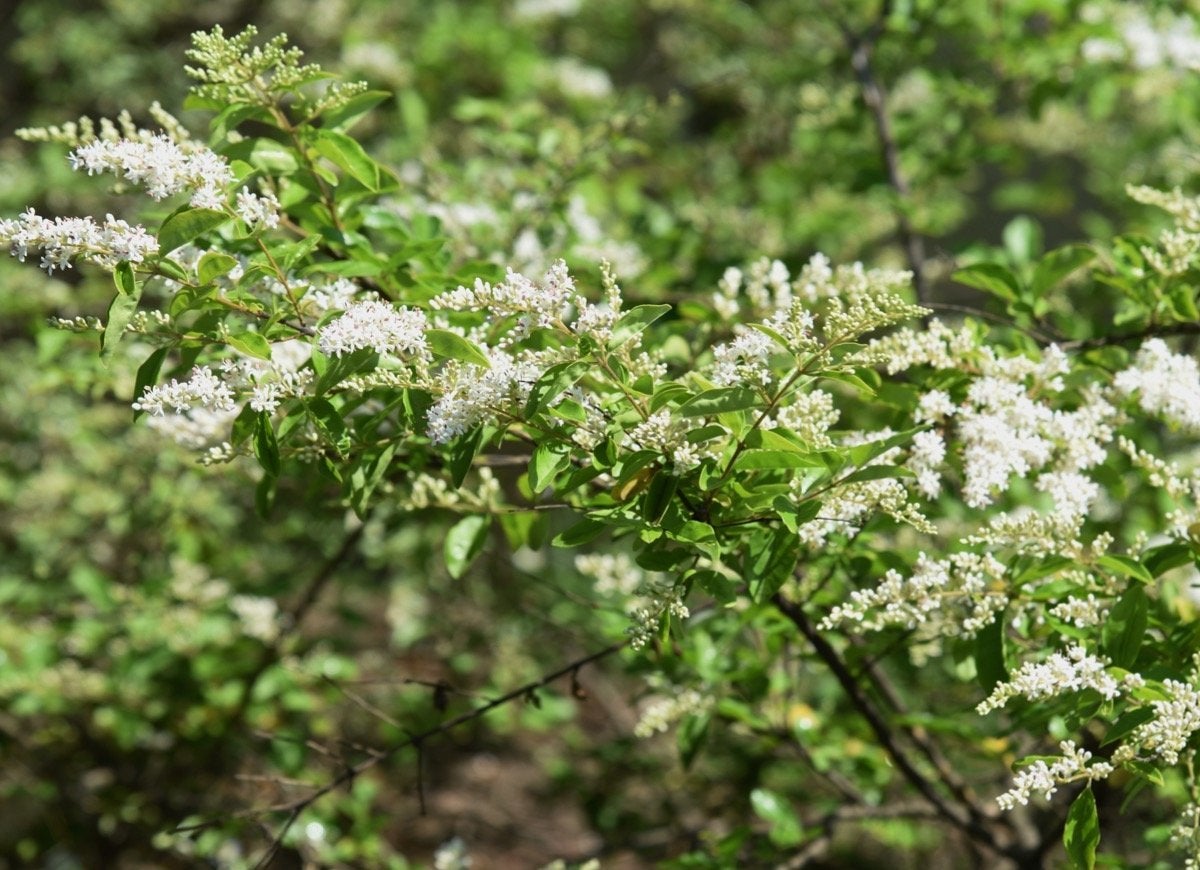
Privet is a fast-growing hedge with handsome white flowers. Bees love it for its pollen and nectar. Birds love the blue-black berries that ripen in fall. But those berries harbor seeds that the birds spread throughout landscaping and natural areas, where the young seedlings easily outcompete native shrubs. Control the spread by pruning privet hedges after bloom time and before the fruits ripen.
Heavenly Bamboo

Nandina domestica, commonly known as heavenly bamboo, offers a graceful structure, year-round colorful foliage, and white flowers in summer followed by big, bright red berries. It also spreads throughout the landscape and escapes into the wild. Once it breaks free, this plant grows fast enough to outcompete natives. Also, the red berries are toxic to birds, but they’re still attracted to them during winter when other food sources may be scarce.
Silverberry
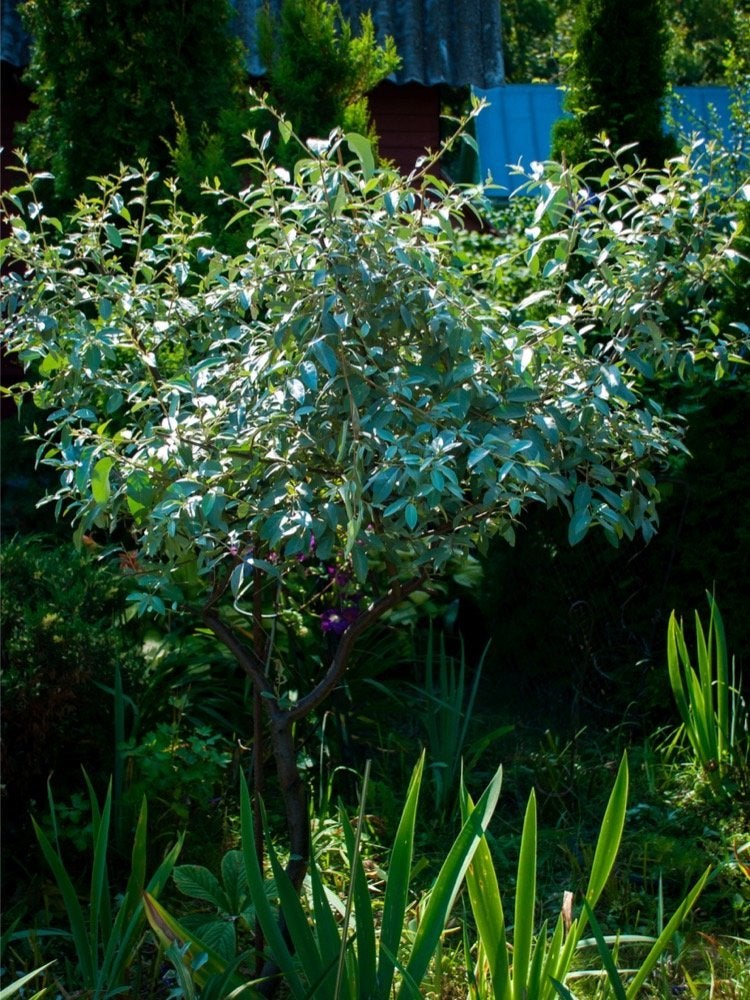
Elaeagnus, or silverberry, is typically sold as a fast-growing screen or erosion control plant. Although not particularly attractive by many gardeners’ standards, it has interesting silvery foliage and a spicy-sweet scented fall bloom. While it serves its niche well, its drawbacks may outweigh the benefits. After establishment, it grows fast and does not stop. If not pruned regularly it can take over an average landscape. Trimmings root easily and quickly if left in contact with soil, and berries consumed by birds spread this plant far and wide.
Periwinkle
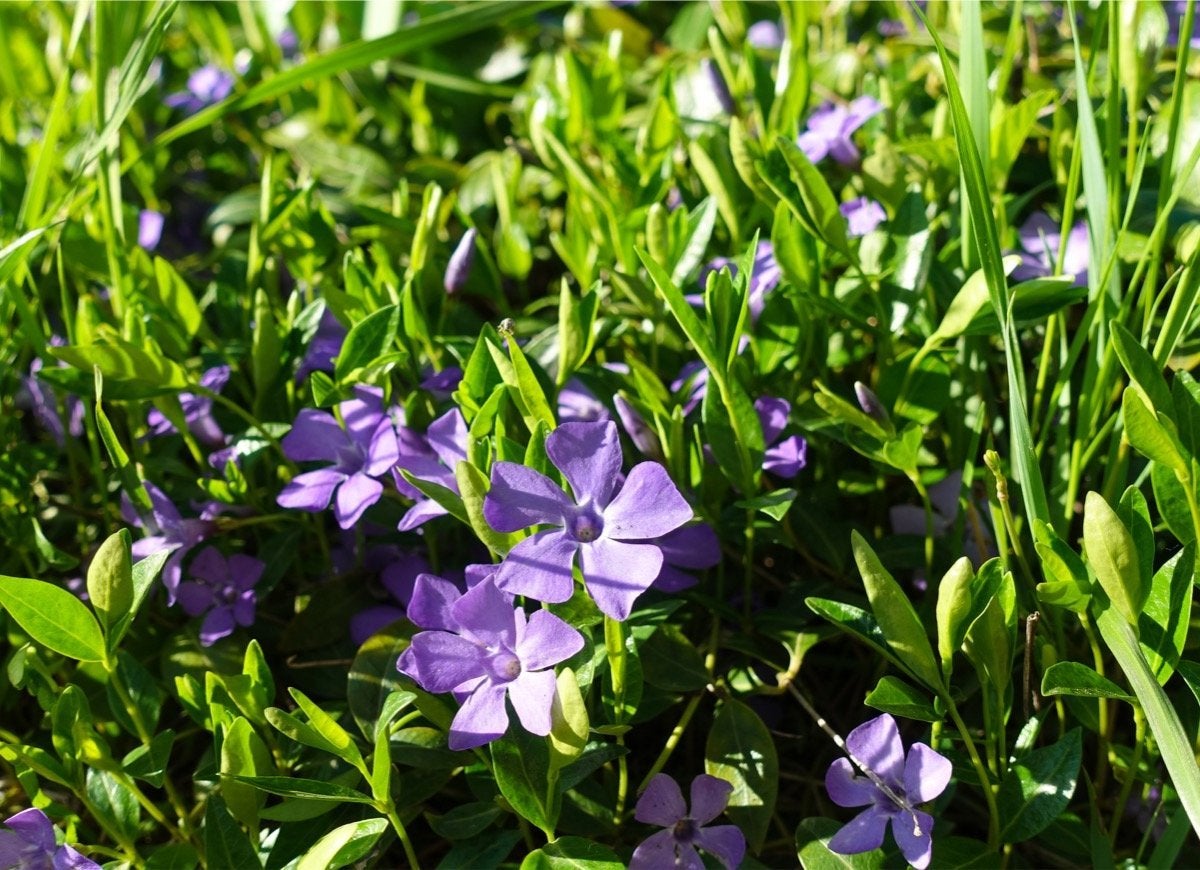
A pretty little blue flower on a low groundcover with deep green, glossy evergreen foliage is nothing to ignore. Periwinkle grows in sun or shade, moist or dry soil. It forms a mat of thick roots that eliminates competitor plants. Trimmings that drop on the ground easily grow roots to form new plants. It also spreads wherever the trailing stems touch the ground. Trim the edges consistently to keep it in bounds.
Purslane
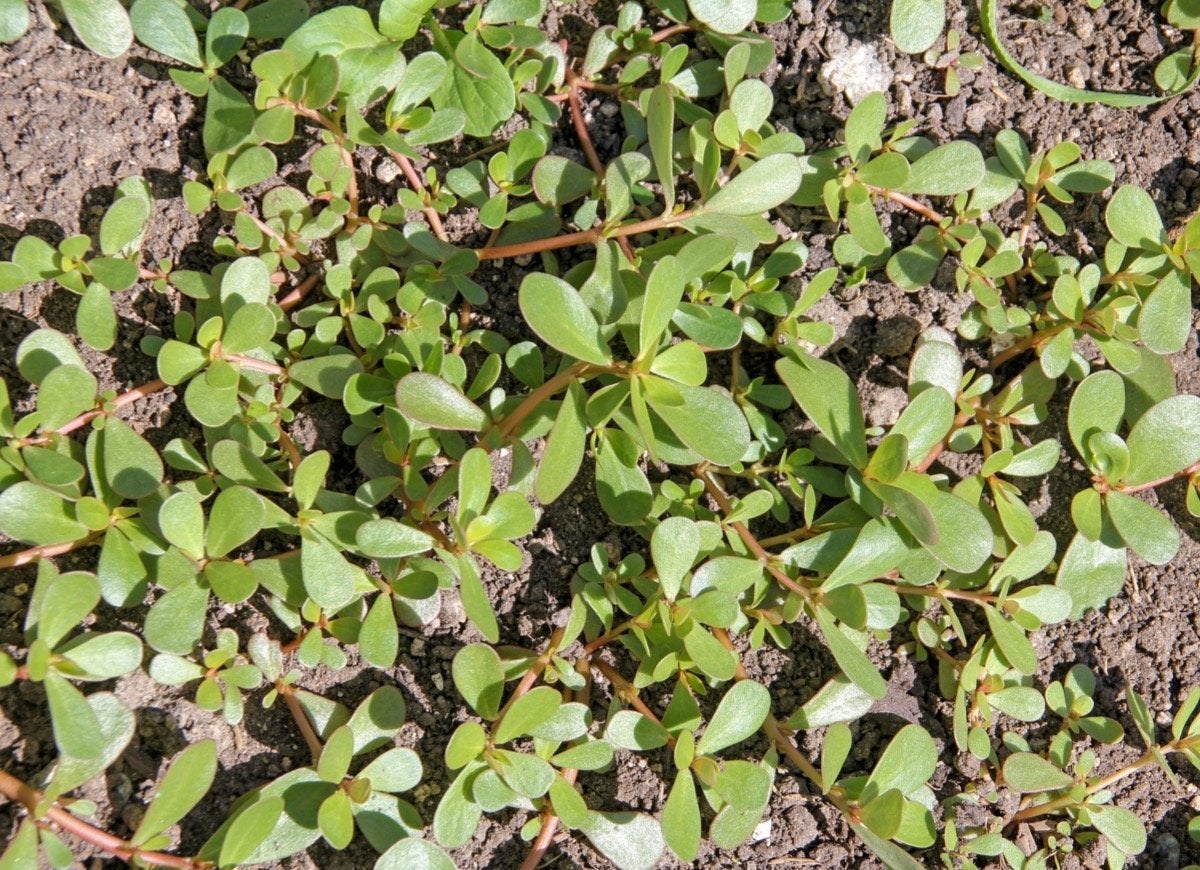
This succulent annual is known worldwide as a survivor in diverse climates. For thousands of years, purslane has been used as a vegetable or herb in many cultures. Although its flowers are not as showy, it is closely related to the popular garden plant Portulaca grandiflora, better known as moss rose. Any part of this plant that touches soil is capable of becoming a new plant. Seeds spread in all directions after flowering, making purslane a particularly problematic lawn weed.

Meet the 2025 Tools of the Year
After months of scouring the market and putting products through their paces, we’ve named the best of the best in new tools. There’s something for everyone, from veteran pros to average Joes.
